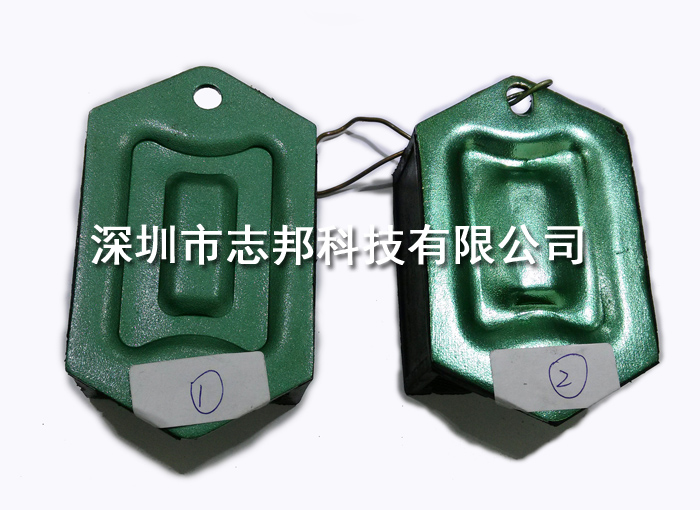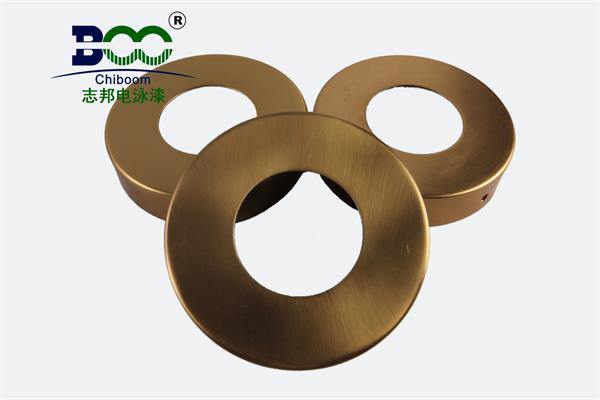Causes of Electrophoretic Paint Agglomeration
In the vast world of coating technology, electrophoretic paint has become an indispensable star in numerous industrial fields due to its unique corrosion resistance, decorative properties, and environmental friendliness. However, just like any sophisticated process may encounter challenges, electrophoretic paint often faces the dilemma of agglomeration during its application. Today, let's delve into the reasons behind the agglomeration of electrophoretic paint and explore effective prevention strategies.
The agglomeration of electrophoretic paint, though seemingly simple, encompasses complex physicochemical processes. It does not occur overnight but results from the intertwined effects of multiple factors. Firstly, we must mention the mixing and stirring of electrophoretic paint. Insufficient mixing or inappropriate stirring equipment can lead to uneven distribution of the components in the paint, laying the groundwork for agglomeration. Additionally, storage conditions also play a crucial role in the stability of electrophoretic paint. Fluctuations in temperature and humidity, as well as inadequate sealing, can prompt changes in certain components of the paint, leading to agglomeration.

Next, let's consider the curing and drying stages of the electrophoresis process. This step is crucial for the formation of the paint film but also a period of high risk for agglomeration. If the curing temperature, humidity, and other parameters are not controlled properly, solvents in the electrophoretic paint cannot evaporate completely, resulting in insufficient adhesion on the film surface and easy agglomeration. Meanwhile, impurities and particles in the paint that are not effectively filtered will gradually accumulate during electrophoresis, eventually forming agglomerates.
Turning our attention to the electrophoresis tank, this core equipment is directly related to the quality of electrophoretic paint. The cleanliness of the tank surface is crucial. If it is contaminated with dirt or peeling paint layers, these impurities will mix with the electrophoretic paint, further exacerbating agglomeration. Moreover, the circulation state and filtration efficiency within the tank are also key factors affecting the uniformity and stability of the paint.
Facing the challenge of electrophoretic paint agglomeration, we need to address it from multiple angles and develop comprehensive prevention strategies. Firstly, strengthen the mixing and stirring process of the electrophoretic paint to ensure uniform distribution of its components. Simultaneously, optimize the storage environment to provide stable conditions for the paint. During the curing and drying stages, strictly control all parameters to ensure the smooth formation of a uniform paint film. Furthermore, regularly clean and maintain the electrophoresis tank to keep its surface clean and tidy, which is also an essential measure to prevent agglomeration.
In conclusion, the formation of agglomeration in electrophoretic paint is a complex and meticulous process involving the coordination of multiple links. To effectively prevent this issue, we need to comprehensively control it from the source to the end and formulate scientific and reasonable prevention strategies. Only in this way can we ensure the stability of the electrophoresis coating process and the reliability of product quality, allowing electrophoretic paint to continue to shine in the field of coating technology.





 WeChat
WeChat